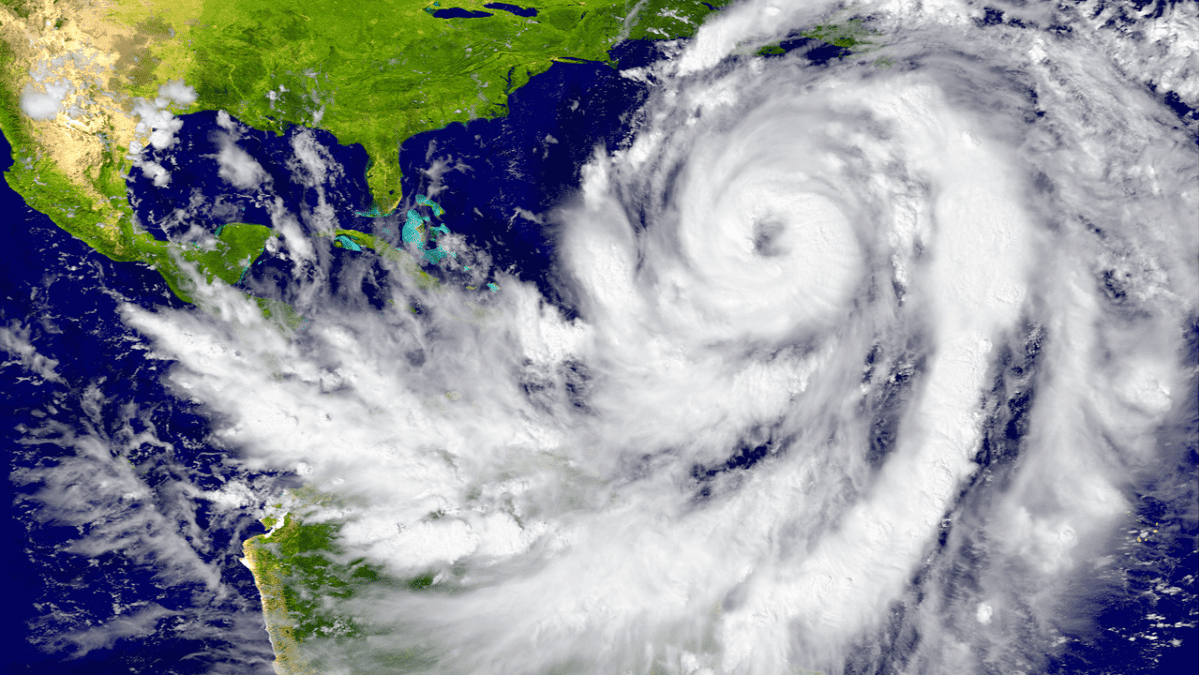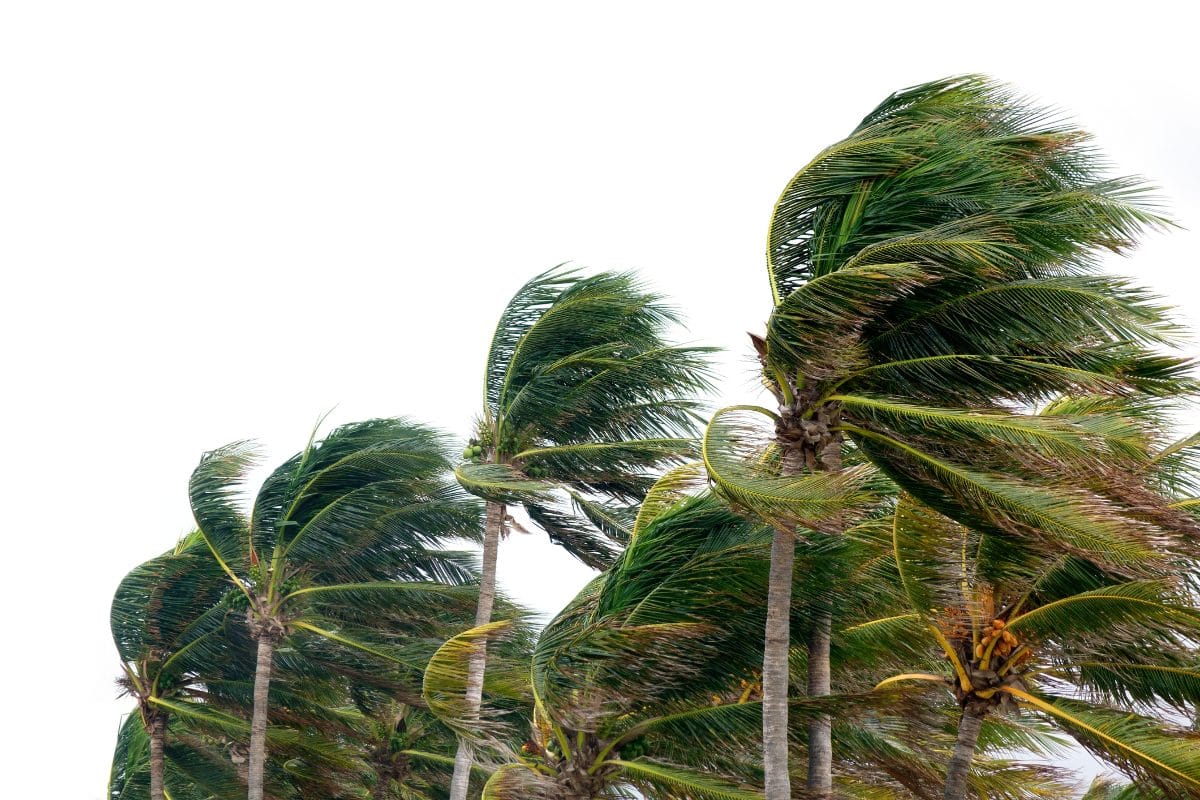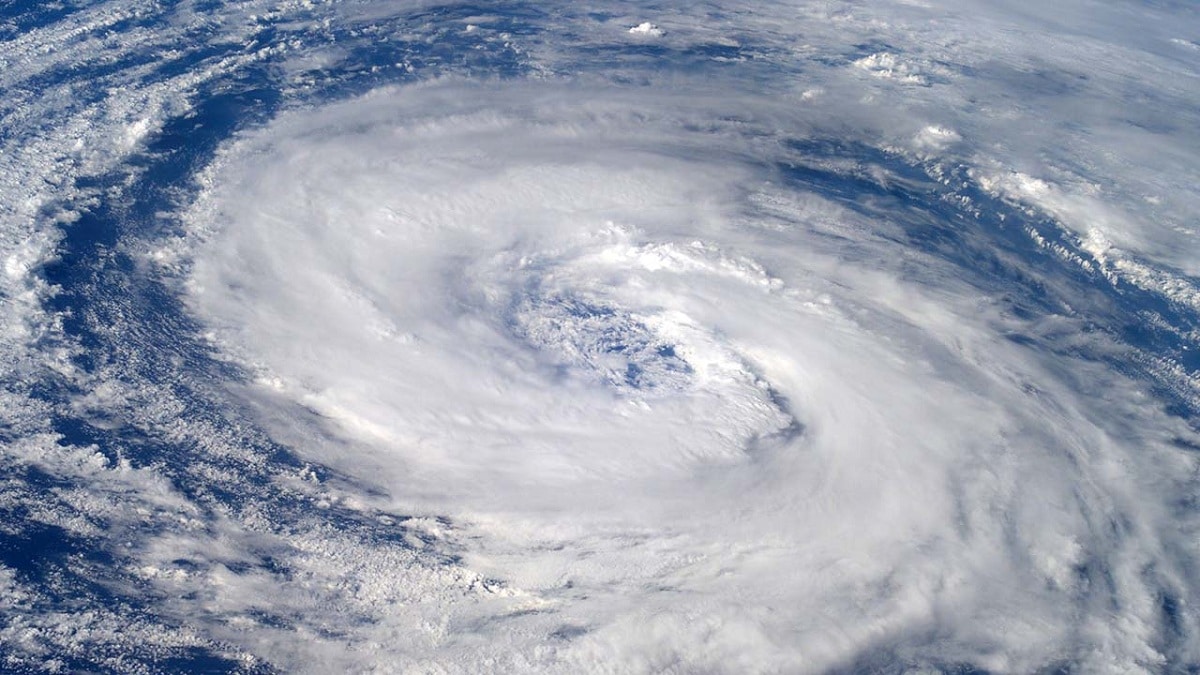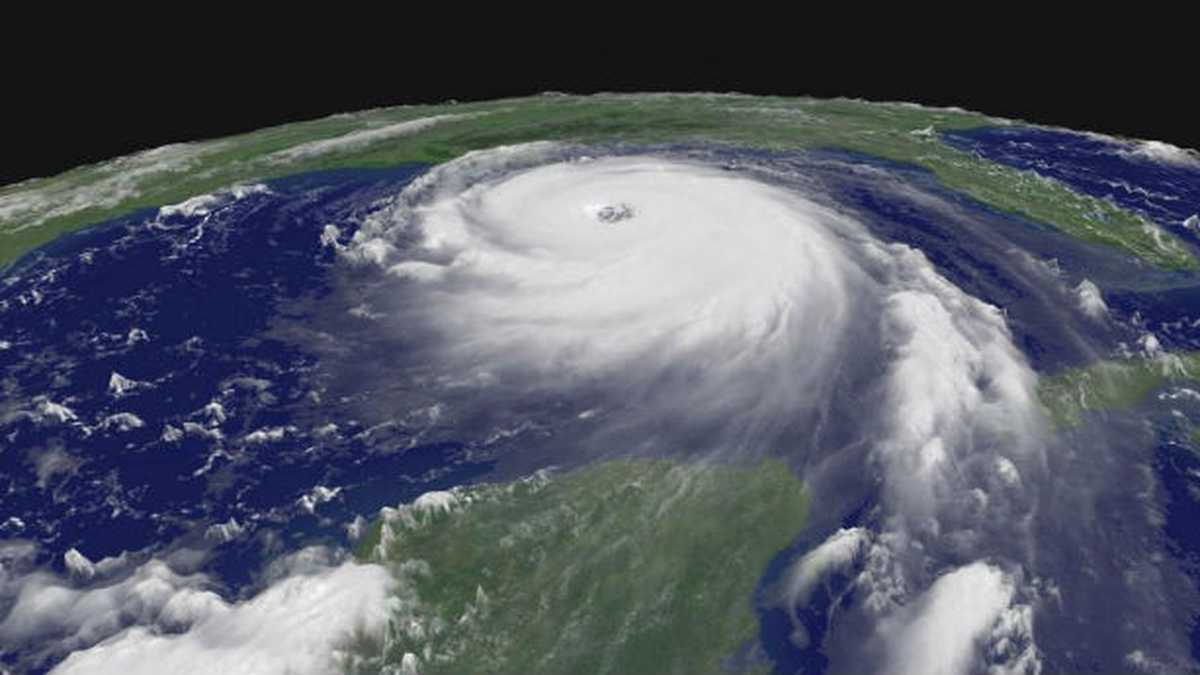
Until a few years ago it was customary to baptize hurricanes with the names of the saints of the time. That is why Santa Ana appeared in Puerto Rico on July 26, 1825 and in San Felipe on September 13, 1928. In September 1834, the hurricane Padre Ruiz over the Dominican Republic was caused by the priest, however, these climatic phenomena began to bear names of people. many people wonder Why do hurricanes have women's names?
Therefore, in this article we are going to tell you why hurricanes have women's names.
Are Hurricanes Named After Women Deadlier?

According to the publication, female names became increasingly popular among American meteorologists in World War II, and the practice of naming hurricanes after female names was officially adopted in the United States in 1953. Following this practice, the feminist campaign Rosie Bolton began to show the resentment of many women, upset at being arbitrarily associated with the disaster. The campaign by Bolton and other activists finally convinced US authorities to start using male names again in 1979.
Despite all the talk of using female names to name such events, in 2014 a group of US researchers concluded that female-named hurricanes were deadlier than male-named hurricanes, causing more deaths because they looked due to to threats. Smaller, so you have to take fewer precautions.
A study of six decades of hurricane deaths in the United States found that storms named after women caused nearly twice as many deaths. The authors recommend changing the way hurricanes are named to curb unconscious sexism that ultimately affects people's preparedness levels. Still, the National Hurricane Center said people should be concerned about the threat each storm poses, whether it calls for Sam or Samantha.
But who decides what a hurricane is? Why are they named after people? The use of proper names instead of numbers or technical terms is intended to avoid confusion and facilitate the dissemination of alerts. The Atlantic Tropical Cyclone Name List was created by the National Hurricane Center (NHC) in 1953 and has been used as a standard list for the rest of the world.
These lists are maintained and updated by the World Meteorological Organization (WMO), a United Nations agency based in Geneva, Switzerland. In this way, the hurricanes of each year are listed alphabetically, except for the letters Q, U, XY, and Z, with alternating male and female names. Each region has a different name for the storm. The named lists in English, Spanish and French are retrieved every six years. So for example the list used in 2010 is also used in 2016.
WMO regional committees meet annually to decide which storm names from the previous year should be "frozen" due to their particularly damaging effects. An example is Hurricane Katrina, the 2005 hurricane that killed more than 2.000 people in New Orleans (USA), whose name has not been reused. In 2011 Katia entered as a substitute.
Why do hurricanes have women's names?

Koji Kuroiwa, head of the WMO Tropical Cyclone Programme, told the BBC that the practice of naming hurricanes after women was common among US Army meteorologists during World War II. “They prefer to choose the name of their lover, wife or mother. At that time, most bore women's names. The habit became the norm in 1953, but male names were also added in the 1970s to avoid gender imbalance.
In 2014, a University of Illinois study showed that hurricanes named after women killed more people than hurricanes named after men. Reason? Research shows that because women are perceived as less "serious," they are also less prepared to deal with them.
Scientists analyzed the death toll from hurricanes in the US for more than 60 years and concluded that storms named after women killed nearly twice as many. After hearing these findings, the National Hurricane Center emphasized that people should pay attention to the threat that each storm poses, whether it calls Sam or Samantha.
Previously, to name hurricanes the saint of the day on which the storm was unleashed was used. For example, the Santa Ana hurricane hit Puerto Rico in July 1825.
British meteorologist Clement Wragge was the first to name a hurricane. In the late 1953th century, tropical storms began to be named after women. The United States would eventually formally adopt the practice in XNUMX.
This was a trend long before the American feminist and civil rights activist Roxcy Bolton (1926-2017) dared to challenge NOAA. She launched a campaign to change the trend of naming hurricanes to include male names as well. As a result, she became the face of a large group of women who they complained that female names were associated with natural disasters.
Years later, American meteorologists scrapped the practice. So here comes Bob, the second hurricane of 1979, finally with a male name.
Hurricane baptism today

Today, for Atlantic hurricanes, each storm has a six-year list of names. That is, the list is repeated every seven years. The only time it has changed is if a storm is so deadly or so destructive that future use of his name would be inappropriate for obvious reasons of sensitivity. Each list contains 21 names in alphabetical order. If more than 21 hurricanes are recorded in a season, the letters of the Greek alphabet are used.
I hope that with this information you can learn more about why hurricanes have women's names